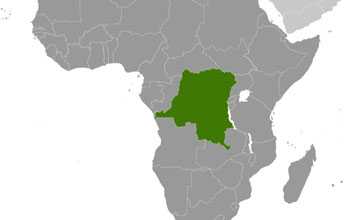
CDC established an office in the Democratic Republic of Congo (DRC) in 2002. CDC collaborates with the DRC Ministry of Health (MOH) on a variety of areas, including HIV/AIDS prevention, care and treatment through the President’s Emergency Plan for AIDS Relief (PEPFAR), malaria control as a partner in the President’s Malaria Initiative (PMI), influenza surveillance, rabies surveillance, monkey pox epidemiologic studies, polio eradication and immunization program strengthening.
Download Overview Fact Sheet
 Staff
Staff
CDC office (physical presence)
6 U.S. Assignees
12 Locally Employed
 DRC at a Glance
DRC at a Glance
Population: 73,340,200
Per capita income: $700
Life expectancy at birth women/men: 52/48 yrs
Infant mortality rate: 108/1000 live births
Source: Population Reference Bureau Fact Sheet, 2014
 Top 10 Causes of Death
Top 10 Causes of Death
Source: WHO Country Health Profile 2012: DRC
- Diarrheal Diseases 12%
- Lower Respiratory Infections 11%
- Malaria 7%
- Protein-energy Malnutrition 7%
- Preterm Birth Complications 5%
- Stroke 4%
- Birth Asphyxia & Trauma 4%
- TB 4%
- Meningitis 3%
- HIV/AIDS 3%
What CDC Is Doing
- Page last reviewed: April 19, 2016
- Page last updated: April 19, 2016
- Content source:
Global Health
Notice: Linking to a non-federal site does not constitute an endorsement by HHS, CDC or any of its employees of the sponsors or the information and products presented on the site.



 ShareCompartir
ShareCompartir

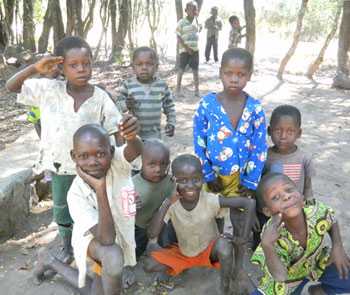
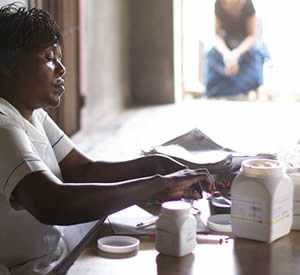 Through PEPFAR, the CDC DRC office works closely with the MOH and other in-country partners to improve the national program and sustain an effective national HIV response. Importantly, these activities support a data-driven, evidence-based approach that is tailored to the unique characteristics of the local epidemic for improved program performance and the most efficient use of resources. Program focus areas include: prevention of mother-to-child transmission, pediatric and adult HIV/AIDS care and treatment, tuberculosis/HIV control, national laboratory systems, HIV surveillance, and HIV/AIDS data management systems. A strategic focus of this support is developing evidence-based HIV prevention, care and treatment services.
Through PEPFAR, the CDC DRC office works closely with the MOH and other in-country partners to improve the national program and sustain an effective national HIV response. Importantly, these activities support a data-driven, evidence-based approach that is tailored to the unique characteristics of the local epidemic for improved program performance and the most efficient use of resources. Program focus areas include: prevention of mother-to-child transmission, pediatric and adult HIV/AIDS care and treatment, tuberculosis/HIV control, national laboratory systems, HIV surveillance, and HIV/AIDS data management systems. A strategic focus of this support is developing evidence-based HIV prevention, care and treatment services.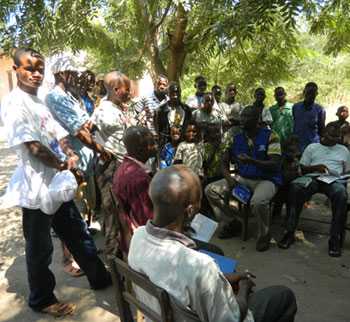
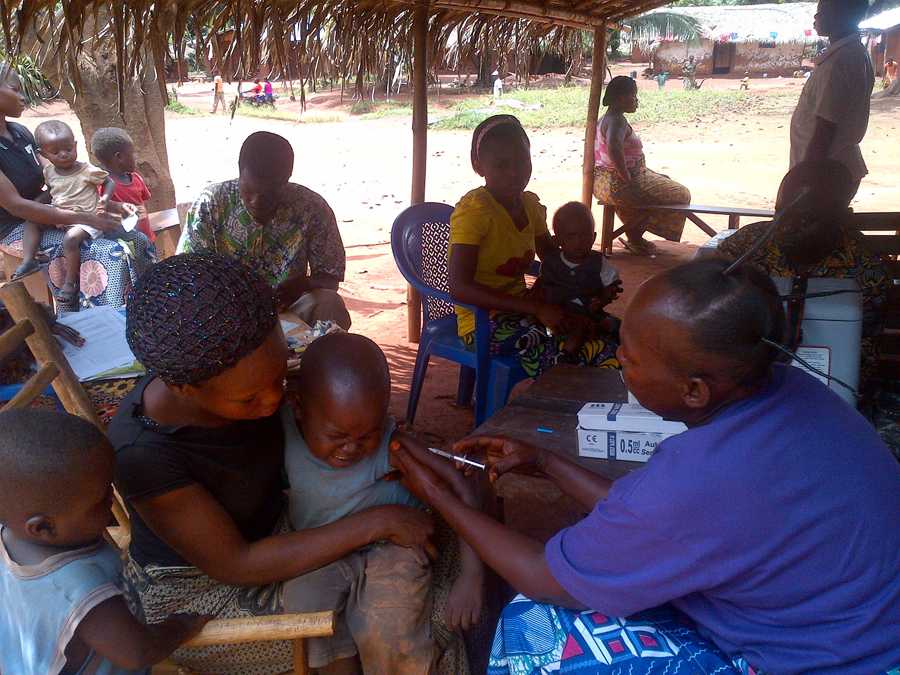
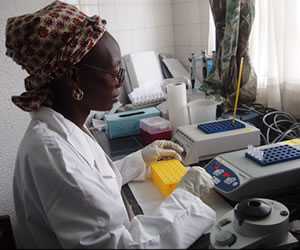 Under the U.S. President’s Malaria Initiative (PMI), CDC has assigned a resident advisor to DRC as part of an interagency team with USAID to support the MOH in implementing malaria prevention and control interventions. These include providing long-lasting insecticide mosquito nets, preventing malaria in pregnancy, improving diagnostics and case management, surveillance, and monitoring and evaluation of malaria-related activities. Specific examples of CDC technical support have included assistance for the long lasting insecticidal net (LLIN) mass distribution campaign, guidance to the NMCP in formulating/updating their monitoring and evaluation plan for malaria indicators and assisting the NMCP in updating their national treatment guidelines to include the use of injectable artesunate for the treatment of severe malaria cases, as well as the use of rectal artesunate for pre-referral treatment in both primary health facilities and as part of the Integrated Community Case Management program.
Under the U.S. President’s Malaria Initiative (PMI), CDC has assigned a resident advisor to DRC as part of an interagency team with USAID to support the MOH in implementing malaria prevention and control interventions. These include providing long-lasting insecticide mosquito nets, preventing malaria in pregnancy, improving diagnostics and case management, surveillance, and monitoring and evaluation of malaria-related activities. Specific examples of CDC technical support have included assistance for the long lasting insecticidal net (LLIN) mass distribution campaign, guidance to the NMCP in formulating/updating their monitoring and evaluation plan for malaria indicators and assisting the NMCP in updating their national treatment guidelines to include the use of injectable artesunate for the treatment of severe malaria cases, as well as the use of rectal artesunate for pre-referral treatment in both primary health facilities and as part of the Integrated Community Case Management program.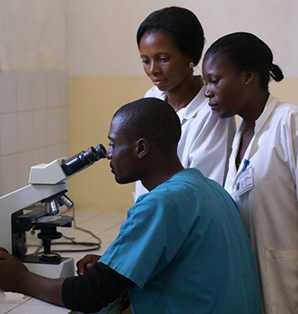 In 2014, CDC, in collaboration with the National Onchocerciasis Control Program and the DRC-Field Epidemiology and Laboratory Training Program, implemented an evaluation of diagnostic tests for river blindness in an effort to fully define the characteristics of Ov16 and several other serologic tests in the African contexts. The results of this study and two other similar studies in other countries will inform future research in geographic areas approaching the interruption of transmission. In addition, results will also inform both WHO criteria for verification of elimination and efforts to map hypoendemic areas, which in the past were mapped with highly insensitive methods.
In 2014, CDC, in collaboration with the National Onchocerciasis Control Program and the DRC-Field Epidemiology and Laboratory Training Program, implemented an evaluation of diagnostic tests for river blindness in an effort to fully define the characteristics of Ov16 and several other serologic tests in the African contexts. The results of this study and two other similar studies in other countries will inform future research in geographic areas approaching the interruption of transmission. In addition, results will also inform both WHO criteria for verification of elimination and efforts to map hypoendemic areas, which in the past were mapped with highly insensitive methods.